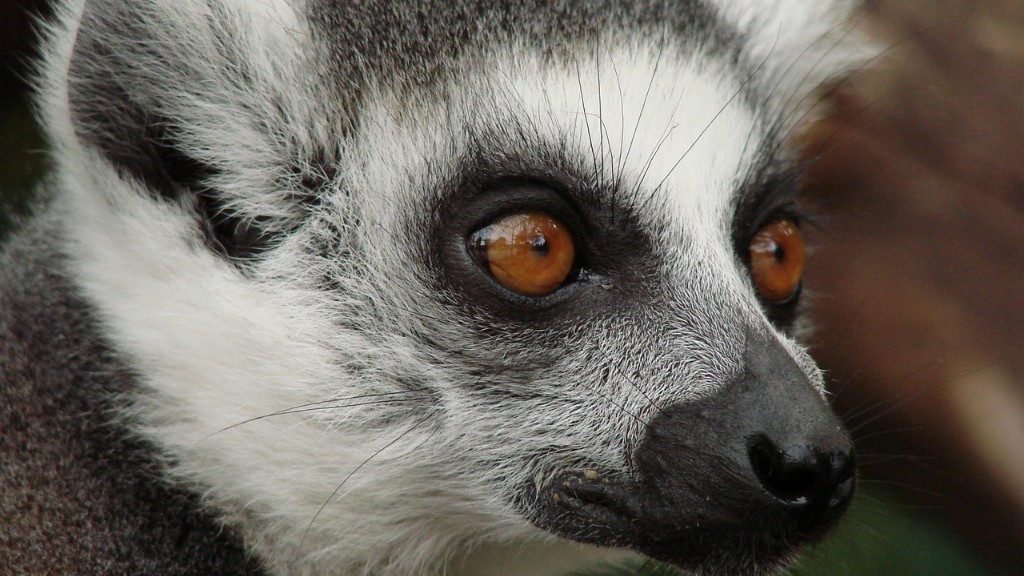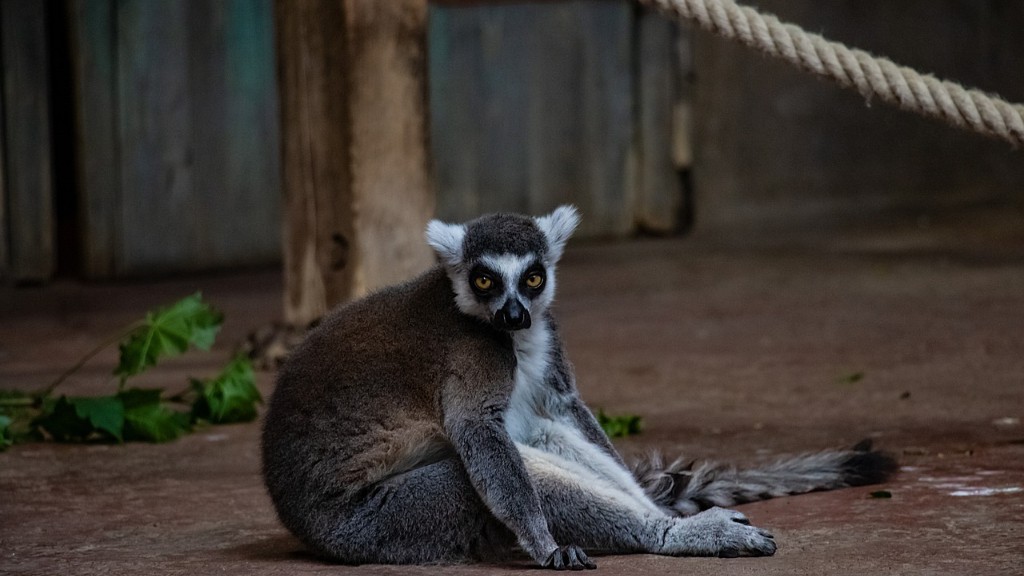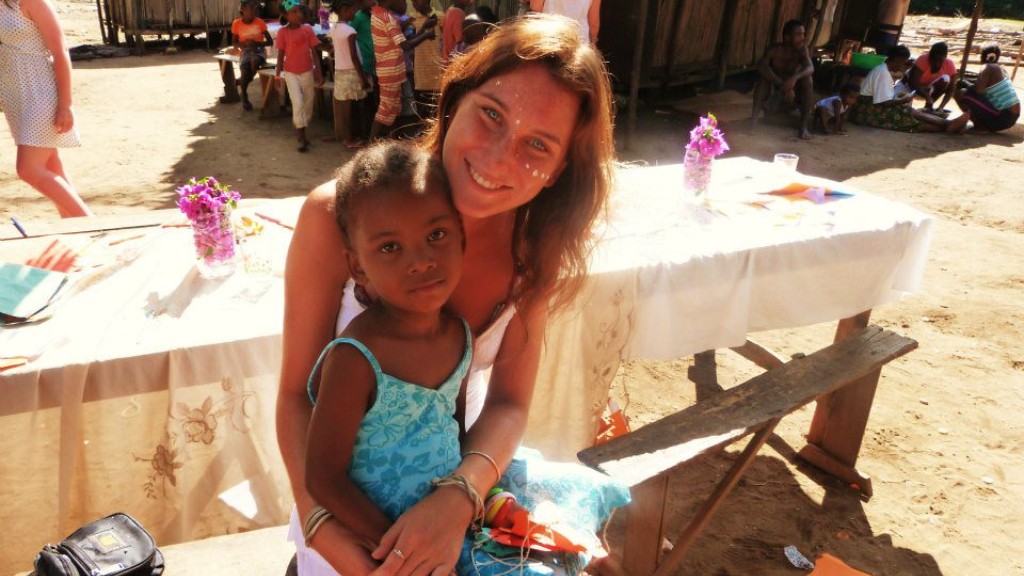How often do cyclones occur in Madagascar?
Madagascar, the world’s fourth largest island located off the southeastern coast of Africa in the Indian Ocean, is known for its stunning landscapes, unique wildlife, and rich cultural heritage. However, this tropical paradise is not immune to the devastating impact of cyclones. Cyclones, also known as hurricanes or typhoons depending on the region, are powerful storms characterized by strong winds and heavy rainfall.
Cyclones in Madagascar are a frequent occurrence due to its geographical location. The island is situated in a region commonly referred to as the “Cyclone Belt” – an area prone to cyclone formation. Madagascar typically experiences cyclones during the tropical cyclone season, which runs from November to April. However, the peak of cyclone activity usually falls between January and March.
According to historical data from meteorological agencies, Madagascar experiences an average of two to three cyclones per year. These cyclones can vary in intensity, with some reaching destructive levels and causing significant damage to the island. One of the most devastating cyclones in recent memory was Cyclone Enawo in 2017, which caused widespread flooding and resulted in numerous fatalities.
Experts suggest that climate change may be contributing to the increase in cyclone frequency in Madagascar. Warmer ocean temperatures, a consequence of global warming, provide the necessary fuel for cyclone formation and intensification. Additionally, deforestation and the loss of natural barriers, such as mangroves and forests, can exacerbate the impact of cyclones by leaving the island more vulnerable to flooding and erosion.
Efforts are being made to mitigate the impact of cyclones in Madagascar. International organizations, such as the United Nations and World Bank, are working with the Malagasy government to improve disaster preparedness and response systems. This includes early warning systems, evacuation plans, and infrastructure improvements to withstand cyclone-strength winds.
Local communities also play a crucial role in cyclone preparedness. Educating and empowering communities to understand the risks associated with cyclones and providing them with the necessary resources and knowledge to protect themselves and their property can greatly reduce the impact of these natural disasters.
Climate resilience in Madagascar
Building climate resilience is essential for Madagascar to cope with the increasing frequency of cyclones. Here are some key strategies and initiatives being implemented:
1. Mangrove restoration: Mangrove forests act as natural barriers against storm surges and help prevent coastal erosion. Restoring and protecting mangroves can reduce the impact of cyclones on coastal communities.
2. Climate-smart agriculture: Promoting sustainable farming practices that are resilient to extreme weather events can enhance food security and economic stability in rural areas affected by cyclones.
3. Infrastructure development: Building cyclone-resistant infrastructure, such as wind-resistant houses and cyclone shelters, can provide safe havens for communities during cyclone events.
4. Early warning systems: Strengthening the capacity of meteorological agencies to accurately predict and communicate cyclone forecasts can improve preparedness and response efforts.
5. Community-based disaster risk reduction: Engaging local communities in disaster risk reduction initiatives through training, awareness campaigns, and participatory planning can empower them to take an active role in protecting themselves and their communities.
Impacts on human life and ecosystems
The impacts of cyclones in Madagascar extend beyond immediate destruction and loss of life. Here are some effects on human life and ecosystems:
1. Human casualties: Cyclones can cause fatalities and injuries due to strong winds, flooding, and landslides. Vulnerable populations, such as those living in informal settlements or remote areas, are often the hardest hit.
2. Displacement and disruption: Cyclones can force communities to evacuate their homes and seek temporary shelter. This displacement can disrupt livelihoods, education, and community cohesion.
3. Agricultural losses: Cyclones can destroy crops, leading to food shortages and economic losses for farmers. This can have long-term impacts on food security and livelihoods.
4. Erosion and habitat loss: Cyclones can cause erosion and coastal flooding, resulting in the loss of habitats for terrestrial and marine species. This can have significant ecological consequences, including the loss of biodiversity and disruption of ecosystems.
Preparation and response efforts
Preparation and response efforts are vital in minimizing the impact of cyclones in Madagascar. Here are some ongoing initiatives:
1. Early warning systems: The Malagasy Meteorological Service, in collaboration with international partners, has been working to enhance the accuracy and timeliness of cyclone forecasts, allowing for better preparedness and response.
2. Evacuation plans: Local authorities are developing evacuation plans to ensure the safe and orderly evacuation of communities at risk. These plans consider factors such as transportation logistics, shelter availability, and the specific needs of vulnerable populations.
3. Strengthening infrastructure: Cyclone-resistant infrastructure, including cyclone shelters and reinforced buildings, are being constructed in areas at high risk of cyclone impact. This infrastructure provides safe spaces for communities during cyclone events.
4. Emergency response coordination: Government agencies, international organizations, and NGOs are working together to improve coordination and collaboration in cyclone response efforts. This includes the pre-positioning of emergency supplies and the establishment of communication networks.
Conclusion
Madagascar experiences cyclones on a regular basis due to its geographical location. Climate change is likely contributing to an increase in cyclone frequency, emphasizing the importance of building climate resilience and implementing preparedness measures. Efforts to restore ecosystems, develop cyclone-resistant infrastructure, and enhance early warning systems are crucial in mitigating the impact of cyclones on human life and ecosystems. By prioritizing cyclone preparedness and response, Madagascar can reduce the devastating effects of these natural disasters and build a more resilient future for its communities.





